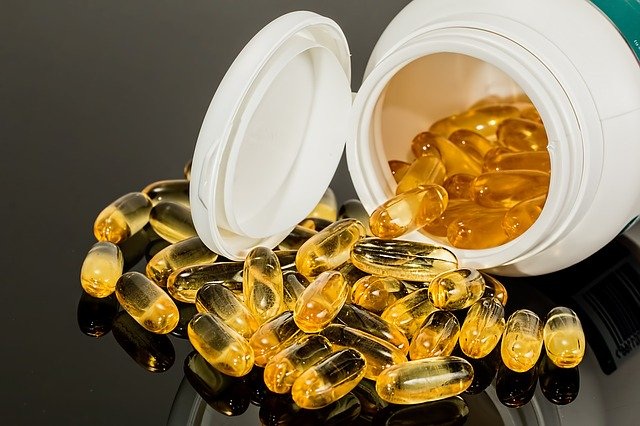If you are somebody that takes blood thinners, you are likely aware of certain food items like green vegetables having the worst of reactions to them. Patients turn to their doctors about the food items that they are instructed to avoid, but we will explain in great detail about blood thinners and how you should take them with certain food items. Here are four frequently-asked questions about blood thinners for curious patients who take them.
Who Needs to Take Blood Thinners?
Patients are prescribed blood thinners for one of many medical conditions. One of these is called A-fib, or atrial fibrillation. With a-fib, blood is not capable of being pumped out of the heart properly. This will cause blood clots to form. When blood clots form, they can dislodge from the heart and cause a form of stroke that could be fatal to patients. Blood thinners are primarily to make blood circulation easier and for blood and circulation problems to be treated. They are also taken to help prevent all kinds of strokes. You can buy Eliquis online for a fraction of the cost of Apixaban sold in pharmacies.
How Do Blood Thinners Interact with Vitamin K?
Vitamin K is created inside of your body, as well it is present in different food items. Vitamin K is used in the body to help with blood clots. Some people with A-fib and similar conditions are prone to getting clots in the atrium of their heart, and for them, vitamin K will have important stipulations.
Warfarin, which is the generic form of Coumadin, is the most popular blood thinner that interacts with vitamin K in order to prevent blood clotting in the heart. That isn’t to say that vitamin K is bad, however, but you need a steady balance of both vitamin K and blood thinners in your body. You will need to keep vitamin K at a certain level so it can serve its benefits without putting your heart at risk.
Warfarin, however, is the only blood thinner with a food-drug interaction, so other options like Dabigatran or Xarelto won’t interact with vitamin K.
How Can I Keep Vitamin K on A Consistent Level?
Vitamin K can be regulated the most by learning about what kinds of food items you regularly eat that contain this vitamin, and intake about the same each day. So, for instance, if you ate one serving of spinach today, think about eating the same serving of another food item with vitamin K tomorrow. Seven food items that are high in vitamin K include spinach, broccoli, Brussels sprouts, kale, swiss chard, turnip greens, and collards.
How Can I Monitor My Blood Thinner Use?
Blood thinners like warfarin do need to be closely monitored. Patients can be monitored for their blood thinner use by going to their doctor or a clinic. First, go get tested every week for about a month. After that, go once every two weeks, then from there, go once a month. Your doctor or other specialist will conduct a blood test that monitors the blood thinner that you take. This test will determine how much time it takes for plasma to clot inside your body.
If you take blood thinners regularly, it is important to keep track of your vitamin K intake and your blood thinner intake so that you take both consistently rather than avoid one in favor of the other.
